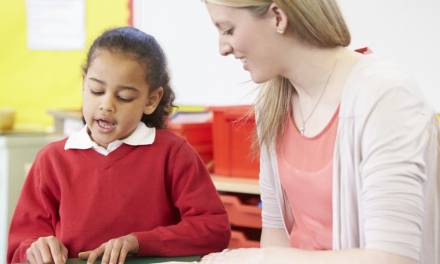Fostering a positive learning environment that drives engagement and supports well-being can be difficult, especially if there are other challenges surrounding the school. There could be limited time to focus on this aspect due to behavioural incidents or other areas that require more attention.
However, we must recognise the importance of creating a learning environment where a child will want to attend in the first place. If children are to fulfil their educational potential, we must provide a space where they feel safe and secure. The school inspection handbook outlines:
“The behaviour and attitudes judgement considers how leaders and other staff create a safe, calm, orderly and positive environment in the school and the impact this has on the behaviour and attitudes of pupils.”
If we are to engage children and raise their enthusiasm toward their education we must ensure they are in an environment they feel comfortable in. Let’s take a look at some ways you can foster positive learning conditions for students.
1. Build a safe and positive space
A fundamental component of a positive environment is creating meaningful relationships. By engaging with the child and discussing their likes and interests, you can build trust and rapport with them. This subsequently can help improve a child’s self-esteem and can also raise their parents’ confidence that their child is receiving the best support possible, falling in line with the SEND & AP improvement plan.
In addition to this, you can also provide clear expectations and routines for children. Having this embedded can allow students to have structure to their day and can allow them to focus on their learning and undertake any challenge that may face.
2. Encourage active engagement
Lecturing to students can become mundane and diminish engagement. We must provide engagement opportunities for children so they can keep their focus during their learning. This can be achieved through group activities, games and integrating technology into lessons.
Also, make sure to keep your content delivery relevant and up-to-date. By doing this, you are more likely to keep children engaged and active during lessons. Try out new methods and strategies to overcome certain barriers that you may be experiencing. It could also be good to allow your students some autonomy so they can explore topics they find interesting that are still relevant to the curriculum.
3. Prioritise well-being
Well-being is crucial. We all know how hard life can be and children are in their development stages so their well-being needs to be optimal. To keep it high, make sure to overlook any mistakes and celebrate them as part of their learning journey. We all mistakes, encourage your students to learn from them and strive to be better next time. This can help foster more self-esteem.
It’s just as important to celebrate their successes too. Everyone likes to be positively acknowledged for something they’ve done or worked towards. By doing this with children it can encourage them to engage even further and push beyond their limits.
4. Try an online alternative education provision
Sometimes mainstream education doesn’t correlate with every child’s enthusiasm. We must adapt the learning environment to accommodate their needs. An online alternative education provision (AEP), such as EDClass, can allow students to regain confidence in themselves and their education. Having the ability to work in a comfortable environment can allow students to recover their passion for learning or even find a newfound ambition of wanting to achieve.
If you would like to learn about how an online AEP can provide:
- effective one-to-one support to drive engagement
- a positive learning environment
- support for well-being
- a successful plan for reintegration
Then call EDClass on 01909 568338, send an email to mail@edclass.com or enquire for more information here.











